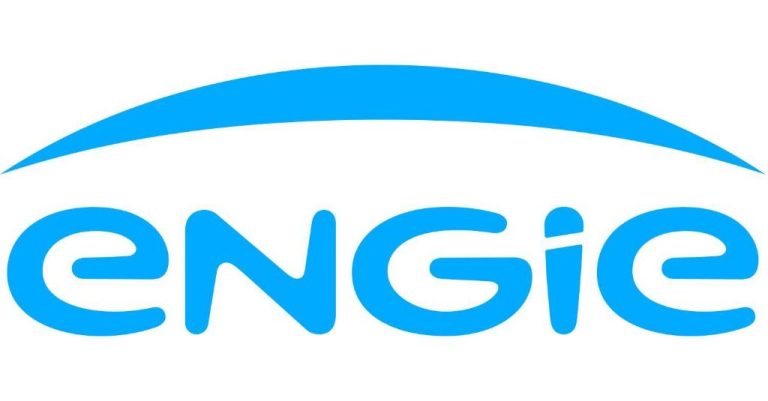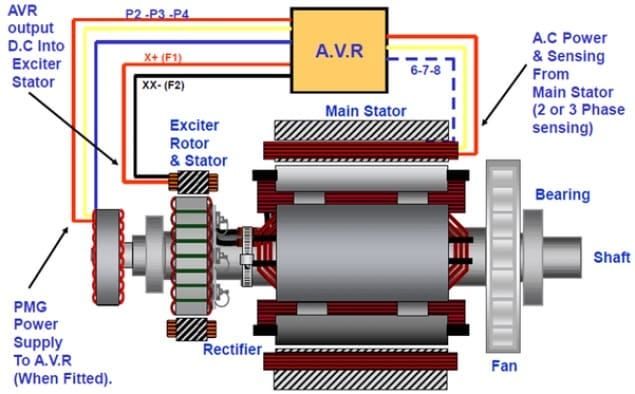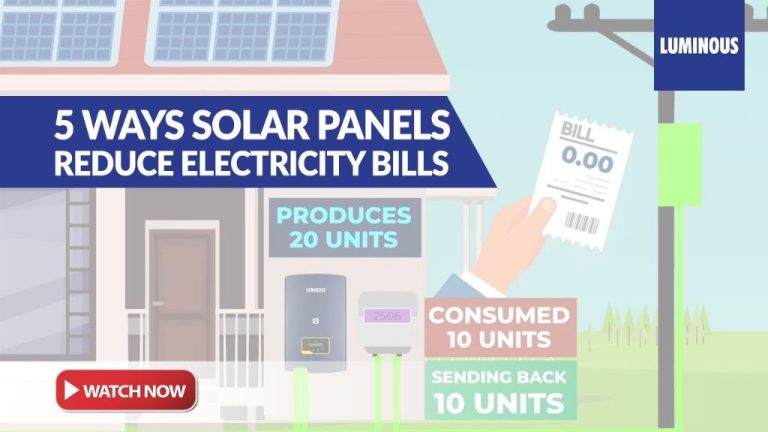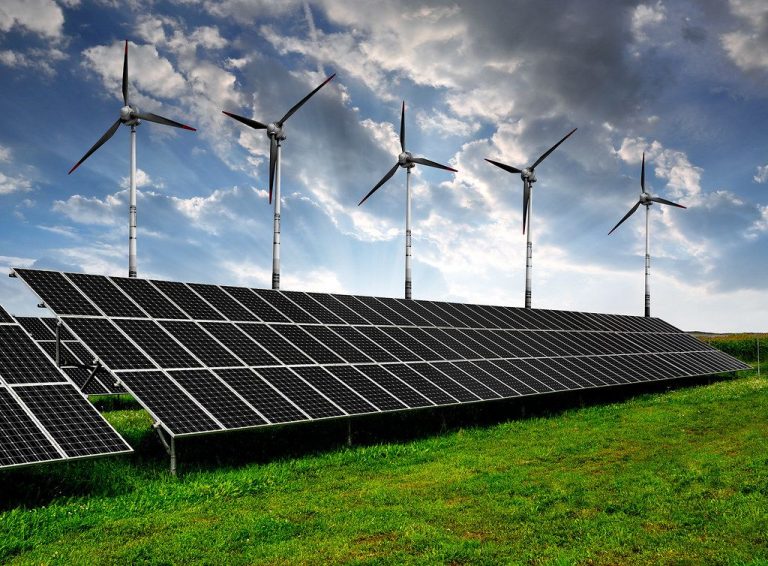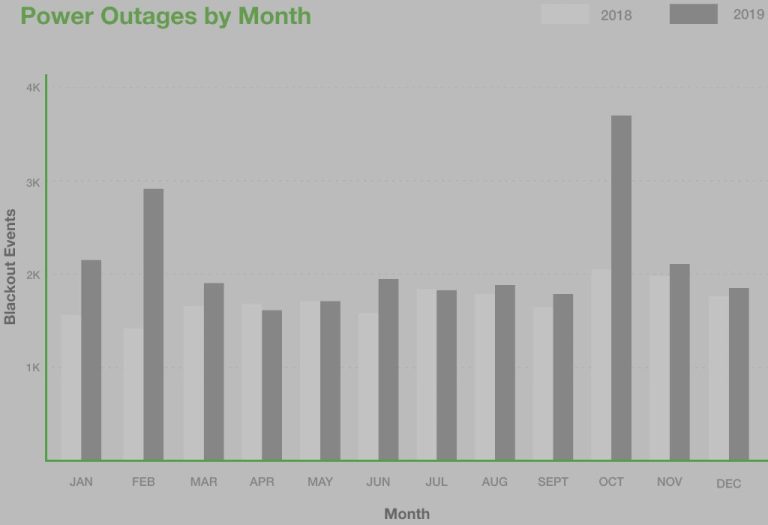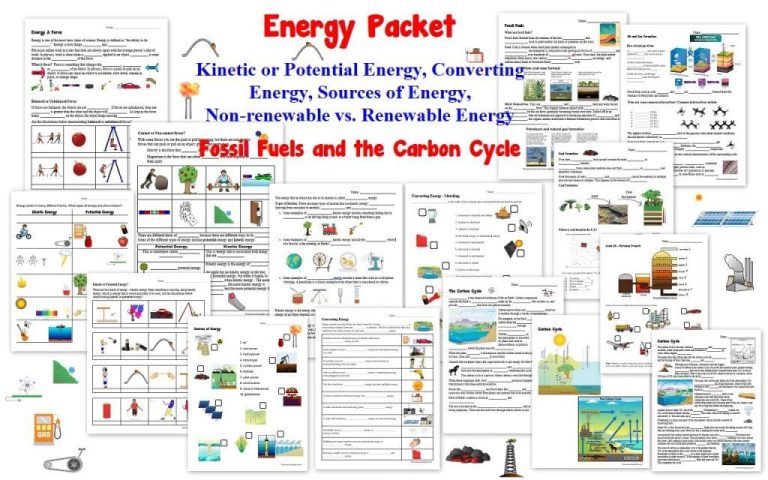What Is The Cheapest Way To Produce Electricity At Home?
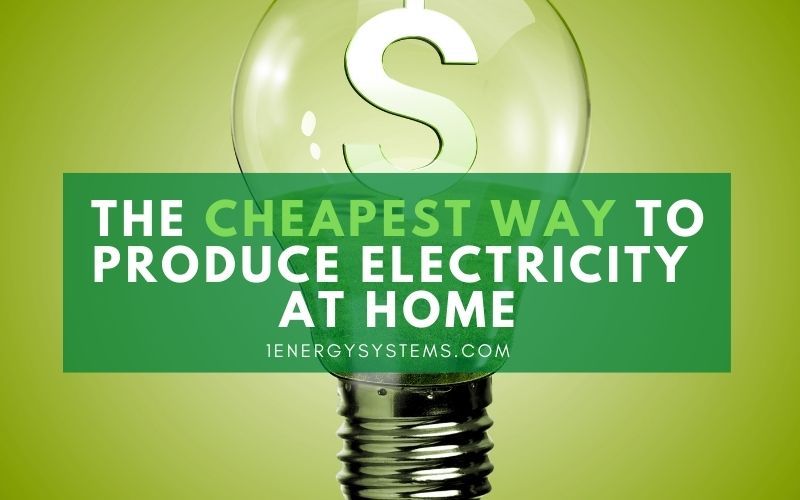
The cost of electricity continues to rise, causing many homeowners to look for ways to produce their own power. Generating electricity at home through renewable sources like solar, wind, and hydro power or gas-powered generators can offset electric bills. But which method is the most cost-effective?
With the right DIY home electricity generation system, you can take control of your energy costs. In this guide, we’ll compare the startup and ongoing expenses of various options to determine the cheapest way to produce electricity for your home.
As we’ll see, small-scale solar panels can provide the lowest cost per kilowatt-hour for home electricity production over time.
Solar Panels
The upfront cost of solar panels ranges from $17,430-$23,870 for an average-sized home solar system, with average costs around $20,650 according to ThisOldHouse. This cost has dropped significantly in recent years, with solar panel costs decreasing around 7% each year due to improvements in manufacturing and technology.
While the upfront cost may seem high, solar panels can provide long term savings on electricity bills, often paying for themselves within 7-10 years. The cost per kWh for solar energy is around 6-8 cents according to Solar.com, which is much lower than utility rates which average around 14 cents per kWh.
There are also subsidies and tax credits available to help reduce the upfront costs of installing a solar system. The federal solar tax credit provides a 26% tax credit for systems installed in 2022-2023, and 22% after 2023. Many local and state governments also offer additional rebates and incentives.
Wind Turbines
Wind turbines can be a cost-effective way to produce electricity at home. The upfront costs for small home wind turbines range from $3,000 to $5,000 per kilowatt of energy capacity, with total costs typically between $15,000 and $75,000 for a full home system according to Energysage.com[1]. This allows homeowners to produce anywhere from 5 kW to 100 kW of power.
While wind turbines have a significant upfront investment, they can provide great long-term savings on electricity bills. The cost per kWh of wind turbine electricity is around 4 to 6 cents according to TheRoundup.org[2], which is much less than retail electricity prices. With ideal wind resources, turbines can pay for themselves within 10-20 years.
There are federal and some state incentives available to help reduce the upfront cost of wind turbines. The federal investment tax credit (ITC) offers a 26% tax credit for systems installed before the end of 2022. Some utility companies also offer rebates of up to $2,500 per turbine.
Hydro Power
Hydro power involves using the flow of water to generate electricity. Systems can be small scale for household use or large scale to provide power for communities. For home electricity generation, the most common approach is a micro-hydro system. This involves installing a small turbine on a waterway that flows through or near your property. The moving water spins the turbine, which powers a generator to produce electricity.
According to the U.S. Department of Energy, upfront costs for micro-hydro systems typically range from $1,500 to $4,000 per kilowatt of capacity [1]. These costs can vary substantially depending on the specifics of your site and installation method. Major factors impacting cost include intake and pipeline requirements, the need for excavation or building structures, and what type of generator and turbine system is used.
While the initial investment for micro-hydro can be high, over the long term it provides virtually free electricity. This means you will see substantial savings over time compared to paying a utility provider. The DOE estimates over a 20 year period, the cost per kilowatt hour of micro-hydro electricity can be $0.02 to $0.06 [1]. This is far cheaper than electricity from the grid.
There are federal and state subsidies and tax incentives available in the U.S. to offset 30% or more of the initial cost of installing a micro-hydro system. Be sure to research what incentives might be available in your specific area to help make micro-hydro even more affordable.
Natural Gas Generator
Natural gas generators run on either pipeline natural gas supplied to your home or propane stored in tanks. Upfront costs of a natural gas generator depend on the size, with ranges from $2,000-$10,000 for 5kw-20kw (https://www.generac.com/all-products/generators/home-backup-generators/guardian-series). Larger generators that can power a whole home cost $15,000-$25,000 installed.
Long term fuel costs are cheap compared to other generator types. Assuming a natural gas price of $1.50 per therm, the fuel costs range from $0.04 to $0.10 per kWh generated (https://rtpowersystems.com/cost-of-running-a-generator-on-natural-gas/). For comparison, average residential electricity rates in the US are around $0.12 to $0.20 per kWh. One estimate puts natural gas generator fuel at 1.09 cents per kWh (https://www.reddit.com/r/Generator/comments/1348v57/is_it_really_that_cheap_to_generate_power_with/).
In summary, natural gas generators have higher upfront costs but the long term operating costs per kWh are very low, making them one of the cheapest options for home power generation over time.
Diesel Generator
Diesel generators have moderate upfront costs compared to other electricity generation options for homes. According to Cummins (https://thundersaidenergy.com/downloads/diesel-power-generation-levelized-costs/), the capital expenditure for a multi-MW diesel generator is around $700/kW. For smaller home units, costs typically range from $3,000-$20,000 depending on the power output.
The major cost of diesel generators comes from the ongoing fuel expenses. With current diesel prices around $5/gallon, fuel can cost $0.50-$1.50 per kWh generated (https://www.nowthenenergy.co.uk/news/diesel-gen-or-grid). Maintenance is another consideration, with oil changes, filter replacements, and engine tune-ups required periodically.
Overall, the total cost per kWh for electricity from a diesel generator is estimated between $0.20-0.70. This can be more expensive than grid electricity depending on local utility rates. Diesel generators are generally more cost effective for temporary or backup power situations rather than as a primary electricity source.
Comparing Options
When comparing the different options for producing electricity at home, it is important to look at the summary cost per kWh, available subsidies, and potential long term savings.
This table provides a side-by-side comparison of the estimated cost per kWh for each option:
| Option | Estimated Cost per kWh |
|---|---|
| Solar Panels | $0.12 – $0.44 |
| Wind Turbines | $0.04 – $0.15 |
| Hydro Power | $0.05 – $0.15 |
| Natural Gas Generator | $0.07 – $0.14 |
| Diesel Generator | $0.20 – $0.50 |
Based on these estimates, wind turbines and hydro power are generally the cheapest options per kWh generated. However, there are federal and state subsidies available for solar panels that can offset 30-40% of the system cost (https://www.eia.gov/energyexplained/solar/solar-photovoltaic-systems.php). This makes solar energy much more affordable.
In the long run, installing solar panels or a small wind turbine will likely save the most money. Although generators have a lower upfront cost, over a 10-20 year period the fuel and maintenance costs will likely exceed the upfront investment and minimal operating costs of renewable options like solar or wind power.
Most Cost Effective
Based on upfront costs and ongoing electricity generation expenses, solar panels are generally the cheapest way to produce electricity at home (Source). Solar panels have seen dramatic cost declines over the past decade, with prices dropping over 70% since 2010. Today’s solar panels can generate electricity for 4-8 cents per kWh, which beats purchasing electricity from the grid in most areas.
Pros of solar panels:
- Low operating costs after initial purchase and installation
- Tax credits and incentives can reduce upfront cost
- Easy to install on rooftops or ground mounts
- Silent operation and minimal maintenance
- 25+ year lifespan with durable components
Cons of solar panels:
- High upfront cost, though prices have fallen sharply
- Power output depends on sunshine and weather
- May need electrical work to integrate with house
- Aesthetics of panels on roof
Overall, solar PV systems provide the most cost-effective renewable electricity generation for homes when factoring in both upfront expenses and long-term savings potential.
Installation Process
Installing a solar panel system at home requires careful planning and preparation. Here are some key steps to consider:
- Permits – Most local governments require permits to install solar panels, both for safety reasons and to ensure compliance with zoning laws. Be sure to research permit requirements, fees, and timelines for your area.
- Professional vs DIY – Installing solar panels is complex and potentially dangerous. Consider hiring a NABCEP-certified solar installer, as opposed to doing it yourself, to ensure proper and safe installation. Professionals also often handle permitting paperwork.
- Timeline – Once permits are secured, a typical residential solar installation takes 2-3 days. However, the full process including audit, system design, permitting, and inspections can take 4-6 weeks. Order panels and other system components well in advance.
Following proper installation guidelines ensures your solar system works efficiently and safely for years to come. Don’t cut corners during this crucial process.
Conclusion
Of the various options for producing electricity at home, installing solar panels is often the most cost-effective in the long run. Though they require a significant upfront investment, solar panels can generate electricity for decades with minimal maintenance costs. You’ll also benefit from government incentives like tax credits that help lower the overall cost.
To keep solar installation costs as low as possible, look for used panels or DIY kits. Get multiple quotes to find the best deal from reputable installers. Consider financing options like loans to spread out the upfront costs over time. Start small with a few panels, then build up your system over time.
With some strategic planning, installing residential solar panels can provide very cheap renewable electricity for your home. Just be sure to size your system appropriately for your needs and budget. Over 20 or 30 years, you’ll realize significant savings compared to purchasing all your electricity from the utility.

